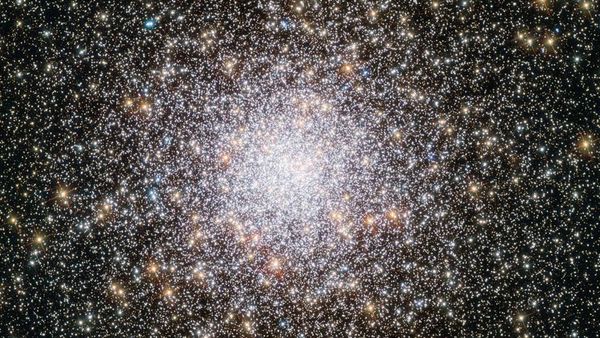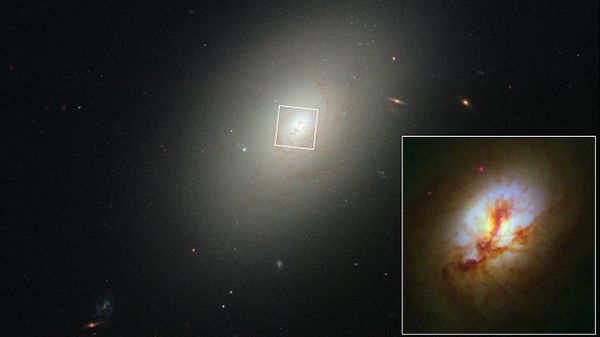That's what was so baffling about AT2018cow, the cosmic cow, when astronomers first observed it in June 2018. Astronomers using the ATLAS-HKO telescope at Haleakalā Observatory in Hawaii noted the bright X-ray emission, which persisted for three weeks and glowed ten times more brightly than supernovas that astronomers had previously studied.
Only now, years later, do we have a sense of what may have caused this bright emission: a bouncing bundle of joy for the universe, in the form of either a baby black hole or newborn neutron star.
Astronomers at MIT, led by research scientist Dheeraj "DJ" Pasham at the Kavli Institute for Astrophysics and Space Research in Cambridge, Massachussetts, studied the emissions from the cow for several months, publishing their findings Dec. 13, 2021, in the journal Nature Astronomy. They determined it is likely the result of a massive energy output caused by a black hole or neutron star enjoying its first meal of its origin star. Unlike other supernovas, the energy emitted by the cow occurred a bit differently — hence the bright, long-lasting glow we observed in the sky.
Given the unique data his team was studying, Pasham admitted he was hoping that the explanation would point to a black hole eating an exotic star. “I was a little bit disappointed,” he told ScienceNews. “But I’m more blown away that this could be direct evidence of the birth of a black hole. This is an even cooler result.”


